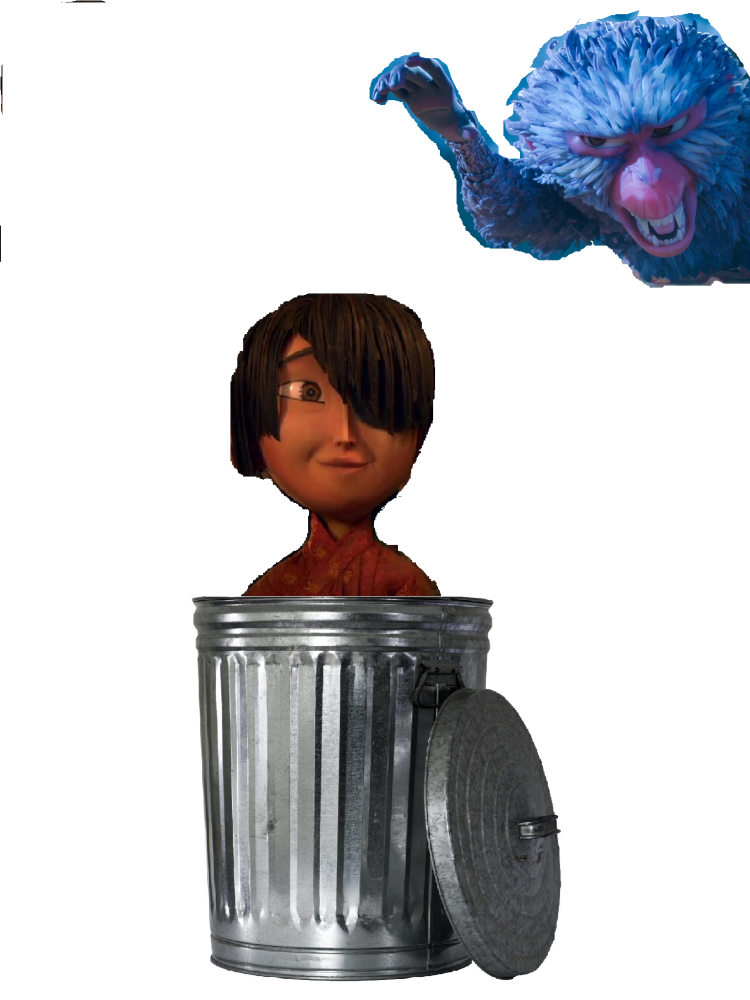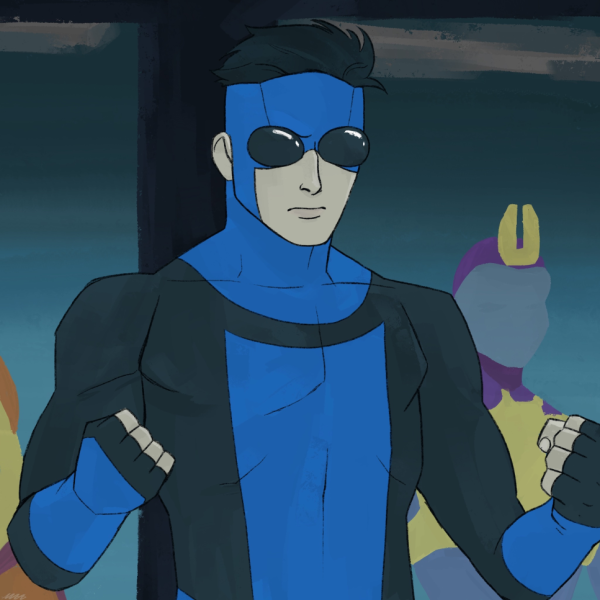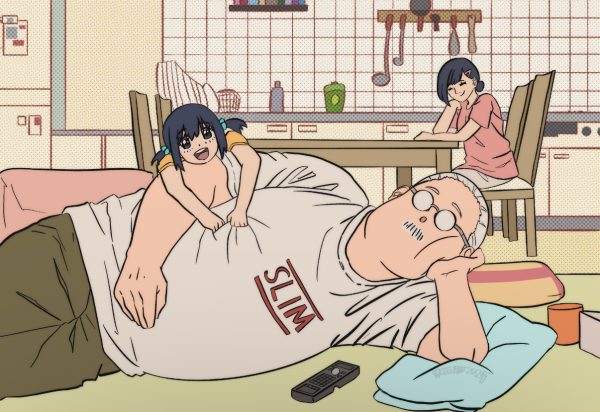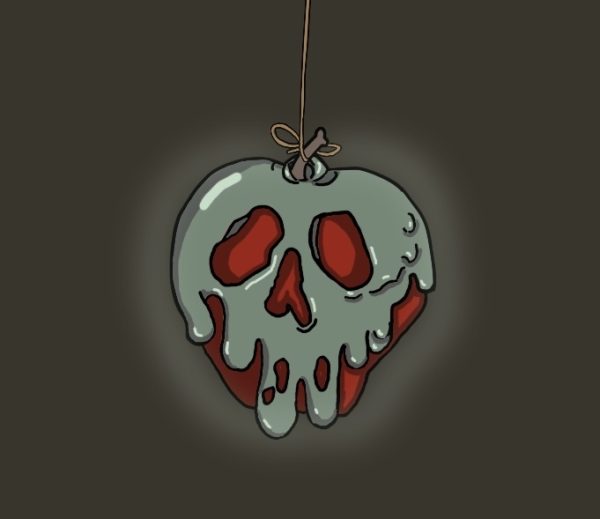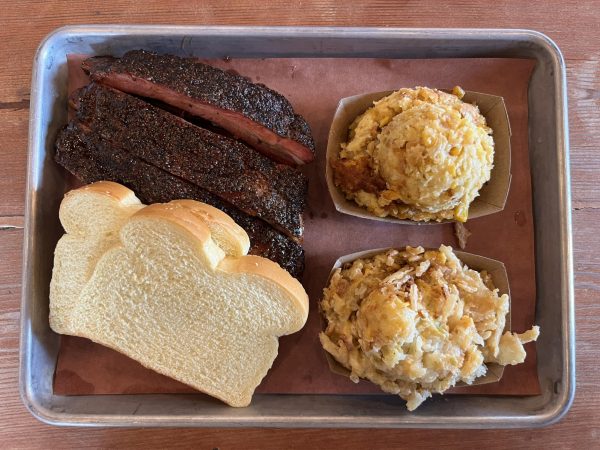Kubo and the Two Strings Review
Kubo and Two Strings is animated fantasy adventure film, set in ancient Japan about a child named Kubo who needs to find 3 magical pieces of armor in order to stop his evil grandfather.
While visually impressive, the story fails in many ways. Only one character went through any development during the movie and it happened during the backstory, which was vastly undeveloped. If the backstory were shown, the viewer could have gotten a greater sense of who this character used to be and the change that happened. This backstory could also have been used to give us a greater sense of who the villain is before he popped up in the final battle, since it partly took place in his area of the world and incorporated him.
In the movie Coralline that was made by the same studio, Coralline learned to appreciate her parents more, even though they had flaws and sometimes failed her. Something similar happened in Kubo and the Two Strings, but played out differently.
In the first part of the movie we learn that Kubo treated his mother with respect, but then he threatened the monkey companion his mother sent to protect him with an obnoxious attitude and pulled pranks on the monkey with his paper magic. Not only is this shift in character rather jarring but the reason why Kubo behaving differently made him look like even more of a brat.
In Coralline, conflict was stemmed from her and her family moving to a new state and them being too busy to give Coralline attention, but never to the point of outright neglect. In Kubo, he was running from his evil aunts, which required monkey to put Kubo in somewhat unpleasant situations, like eating a quickly made soup and walking for his safety.
Both conflicts are similar because were both about parents being put in a different situation and treating their children differently. But the difference can be found in why the child is annoyed, how they act on that annoyance, why the parents take different measures and what do both each of the children take away from this experience. The reason why Coralline’s parental conflict is well rounded is because these questions were answered differently.
Coralline is annoyed because her parents don’t pay as much attention to her as she would like.
Coralline acts on this by expressing her annoyance with a few complaints
Her parents are doing this because they need to direct attention to their job.
In the end of the movie, Coralline learned to appreciate her parents more and her parents started paying more attention to Coralline
Kubo was annoyed because the monkey directed him toward safety and made him eat bad soup.
Kubo acted on this by flying paper air planes into the monkey’s butt and being rude to her.
Monkey was doing what she was doing to save Kubo’s life and keep him safe.
Kubo did not seem to learn anything from this.
While Coralline presented a conflict that was two sided in which both parties were reasonable, and one where it is also resolved. Kubo and the Two strings presented a one sided conflict where monkey was reasonable and Kubo was brat, was not resolved.
One of the few positive things I can say is that the animation and the technology behind this movie praiseworthy. Kubo, like all the other Laika films was animated with stop motion and used 3D printing to animate facial expressions. And with this movie can you see how the faces are more detailed and expressive than previous Laika films. As Director Travis Knight said in a wired interview, “Stratasys (a company that specializes in 3d printing technology) said to us: ‘Look we’ve got some technology that isn’t even on the market yet. We want you guys to tell us how to make it better’. So they gave us a bunch of beta machines and we worked with them to develop the hardware and the software.”
But overall I was left disappointed with the time I spent with kubo and two strings.
Your donation will support the student journalists of Bellaire High School. Your contribution will allow us to purchase equipment and cover our annual website hosting costs.


